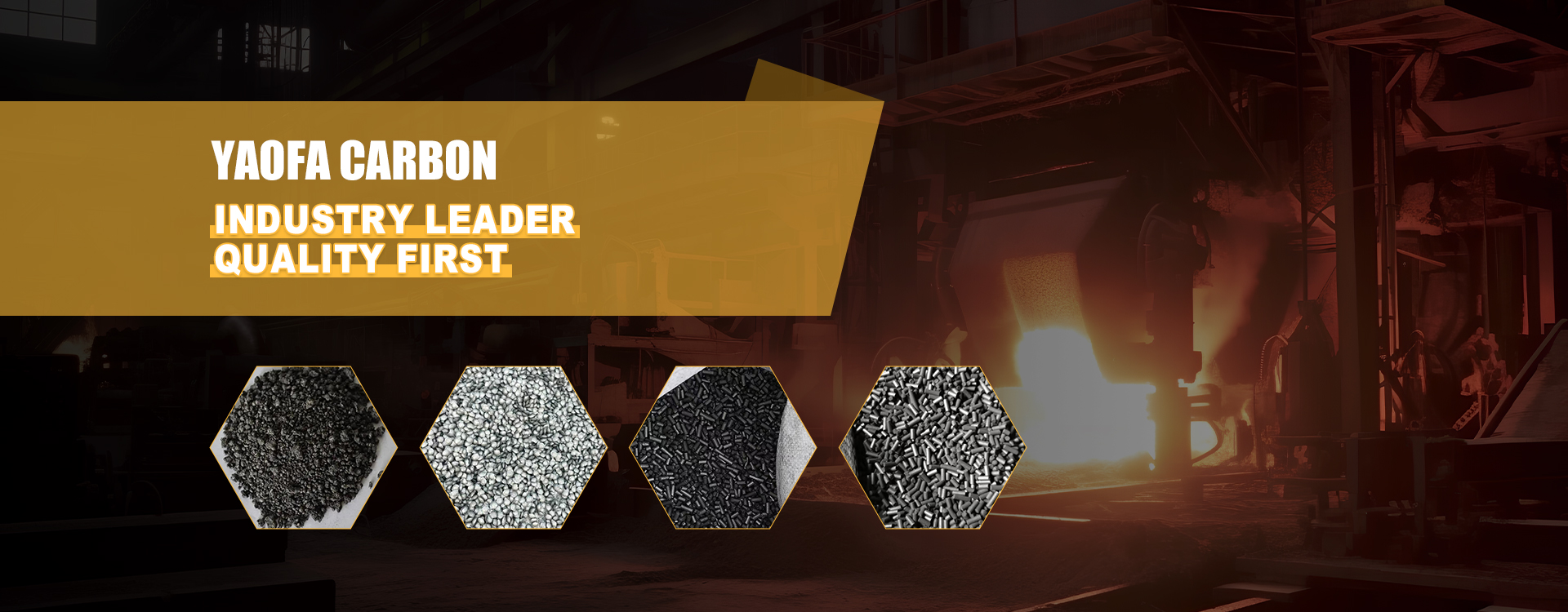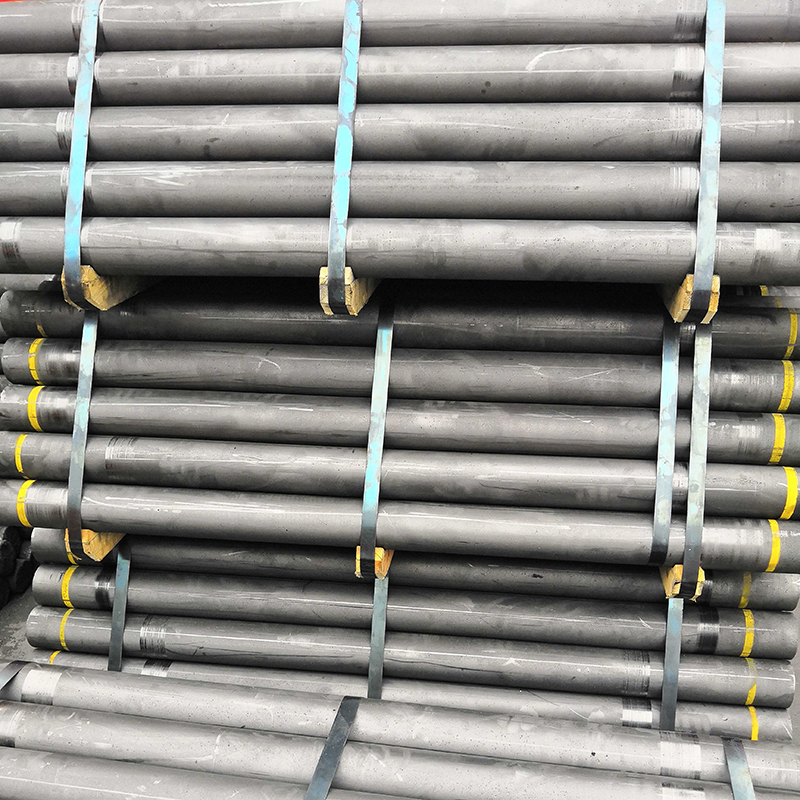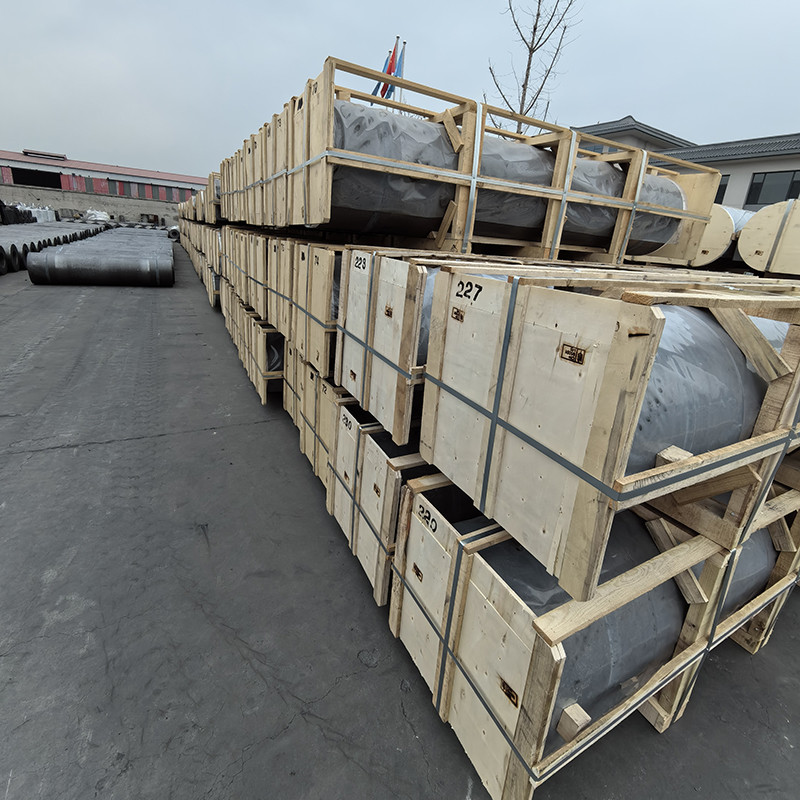- Chinese
- French
- German
- Portuguese
- Spanish
- Russian
- Japanese
- Korean
- Arabic
- Irish
- Greek
- Turkish
- Italian
- Danish
- Romanian
- Indonesian
- Czech
- Afrikaans
- Swedish
- Polish
- Basque
- Catalan
- Esperanto
- Hindi
- Lao
- Albanian
- Amharic
- Armenian
- Azerbaijani
- Belarusian
- Bengali
- Bosnian
- Bulgarian
- Cebuano
- Chichewa
- Corsican
- Croatian
- Dutch
- Estonian
- Filipino
- Finnish
- Frisian
- Galician
- Georgian
- Gujarati
- Haitian
- Hausa
- Hawaiian
- Hebrew
- Hmong
- Hungarian
- Icelandic
- Igbo
- Javanese
- Kannada
- Kazakh
- Khmer
- Kurdish
- Kyrgyz
- Latin
- Latvian
- Lithuanian
- Luxembou..
- Macedonian
- Malagasy
- Malay
- Malayalam
- Maltese
- Maori
- Marathi
- Mongolian
- Burmese
- Nepali
- Norwegian
- Pashto
- Persian
- Punjabi
- Serbian
- Sesotho
- Sinhala
- Slovak
- Slovenian
- Somali
- Samoan
- Scots Gaelic
- Shona
- Sindhi
- Sundanese
- Swahili
- Tajik
- Tamil
- Telugu
- Thai
- Ukrainian
- Urdu
- Uzbek
- Vietnamese
- Welsh
- Xhosa
- Yiddish
- Yoruba
- Zulu
- Kinyarwanda
- Tatar
- Oriya
- Turkmen
- Uyghur

Rainproof Bus Shelter
Effective Design of Rainproof Bus Shelters
The concept of a rainproof bus shelter seems straightforward enough—after all, who hasn’t stood waiting in the rain, wishing for better coverage? But when you delve into the specifics, it becomes evident that designing these shelters is more complex than slapping on a roof. From materials to aesthetics and functionality, there’s much to consider to create a truly effective solution.
Understanding the Basics
At first glance, the primary function of a rainproof bus shelter is self-explanatory: keep commuters dry. However, the devil is in the details. It’s not just about covering people; it’s about ensuring protection against wind-driven rain, which can be surprisingly intrusive. Designing such a structure involves understanding the local climate conditions extensively.
For instance, in coastal areas, shelters must contend with strong winds that can push rain sideways. So, incorporating side panels becomes essential. But adding panels also means considering airflow for ventilation and preventing the feeling of being enclosed. It’s a fine balance.
Beyond keeping commuters dry, these shelters must also integrate with the urban landscape. Aesthetics cannot be ignored, as city councils are usually keen on maintaining a cohesive look within the city's infrastructure. This is where local designers often step in, tailoring the shelter to meet not just functional requirements but also community expectations.
Material Selection and Innovation
Materials play a pivotal role in how effective a rainproof bus shelter will be. Traditional materials like metal and glass are common, but they’re not always ideal. Metal, for instance, can be prone to rust in salty air, while glass, although providing visibility, might not offer sufficient insulation or durability against impacts.
This leads us to explore alternative materials. Modern shelters might incorporate polycarbonate panels, which are lightweight yet quite effective at providing both transparency and strength. Moreover, they can be treated for UV resistance to prevent degradation over time.
Interestingly, the choice of materials often reflects the evolving priorities of a community. Many municipalities are now looking towards sustainable solutions. This means using recycled or locally sourced materials, which not only helps reduce the carbon footprint but can also be more cost-effective in the long run.
Incorporating Technology
The modern age begs for technological integration. A truly advanced rainproof bus shelter today might feature solar panels or charging stations for electronic devices. This not only enhances commuter convenience but also contributes to the energy efficiency of public infrastructure.
In some cities, real-time transit information display systems are integrated within the shelters. These systems require careful planning as the displays need to be readable in all weather conditions, which can be a challenge during heavy rain or fog.
Even lighting becomes a technological focal point. Using energy-efficient LED lights that are sensor-activated can provide safety without unnecessarily consuming power during daylight hours. It’s an area where smart design directly affects both the usability and sustainability of the shelter.
Challenges in Implementation
Despite the advancements, challenges remain. Funding is a perennial issue; city budgets are often stretched thin. Here, partnerships with local businesses or larger corporations can be beneficial. Sponsorship opportunities can fund upgrades, but these partnerships must be handled carefully to avoid the over-commercialization of public spaces.
Maintenance is another consideration. Regular upkeep is crucial to ensure that materials are performing as expected and that technology remains functional. This requires a dedicated team and a proactive approach, which not all cities are equipped to handle.
An example comes to mind of a particular city that installed solar panels on shelters. Unfortunately, without proper upkeep, these became ineffective over time due to dirt accumulation—highlighting the need for ongoing maintenance in any modern upgrade.
Case Studies and Learnings
Take the example of Hebei Yaofa Carbon Co., Ltd., known primarily for carbon products like graphite electrodes, as noted on their website yaofatansu.com. While not directly related to bus shelters, their experience in durable materials could inspire innovations in shelter design, perhaps in more robust support structures that withstand harsh conditions with minimal wear.
Looking at cities like Copenhagen and their shelters, it’s clear that community feedback plays a vital role in designing facilities that actually meet local needs. Frequent surveys and pilot programs can be effective ways to fine-tune designs before city-wide implementation.
Ultimately, building an effective rainproof bus shelter goes beyond the physical structure. It's about integrating materials, technology, and community needs into a cohesive unit that enhances urban living. Bridging the gap between design innovation and practical implementation is where the real challenge—and opportunity—lies.
Related products
Related products













